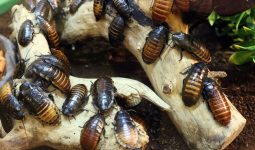Many plants may aid in keeping ants away from your garden. Ants avoid these plants because of their unpleasant scents, which deters them from nesting or exploring them.
Try using any of these plants that repel ants in your garden to add vegetation that may help deter ants.
They’ll keep the bothersome insects at bay and give your outside area a little bit of greenery.
Below is a list of plants that repel ants.
1. Tumeric
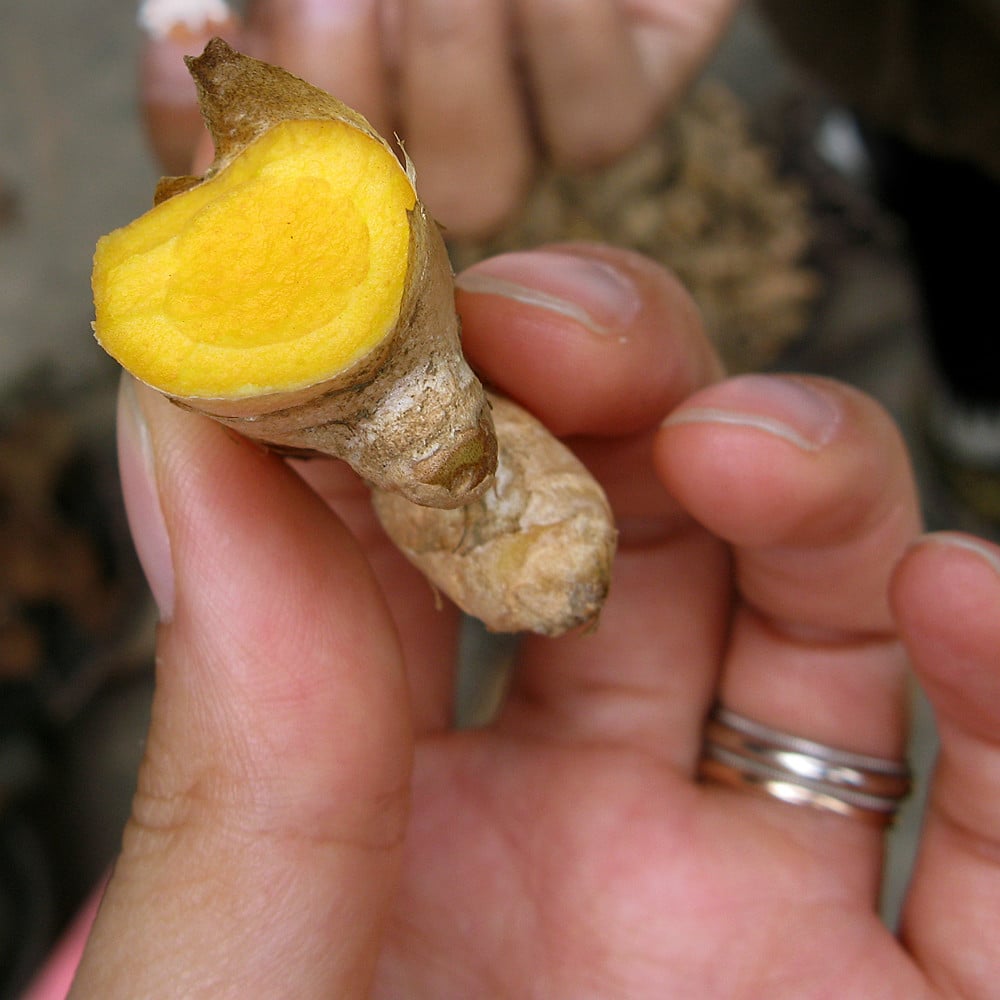
Many people use the turmeric plant to repel ants. This plant has a strong scent that is intended to repel ants.
Additionally, some people take turmeric to heal cuts and bruises. Turmeric can be an excellent choice for plants that repel ants.
The turmeric plant’s ground roots are used to create vibrant spice.
Ants avoid regions where turmeric is used because they can’t bear the taste or smell of it.
You must first acquire supplies before using turmeric as an ant repellent.
You’ll need a spray bottle, water, and ground turmeric. The right amount of water should be added to the ground turmeric to create a liquid.
You must spray the prepared mixture in the areas where you don’t want ants to congregate.
Ground turmeric’s ant-repelling qualities will function most effectively if sprayed in an area where ants congregate near their nests or food sources.
2. Sage
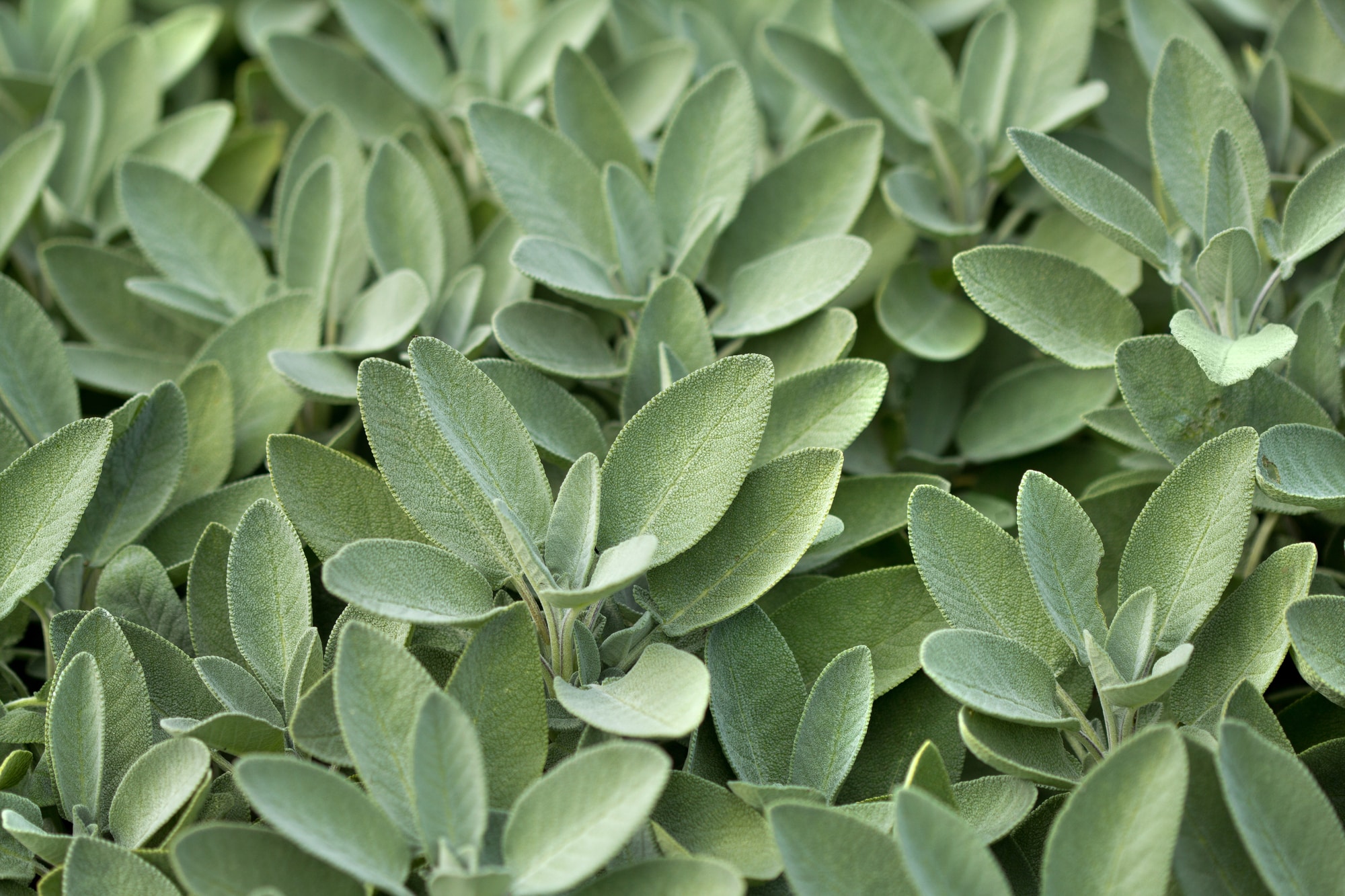
Sage is well-known for its fragrant and therapeutic characteristics, and it is one of the successful plants that repel ants in its whole and crushed forms.
Its aromatic, somewhat sweet essential oils may also deter other insects.
To prevent ants from entering the house, pulverizing the fresh leaves will provide a stronger scent.
The crushed powder may be used in tiny mounds or sprinkled around important gaps and access points where ants often build their nests.
Thujone, borneol, and cineole are the three main components found in the essential oil of this plant.
The leaves may also contain numerous acids, vitamins, and glycosides.
You won’t often see insects heading near the thick stands of the plant since this mixture of ingredients has been proven harmful to quite a few of them.
So, it has been proposed as a substitute for chemical insecticides, which certain bugs may resist.
Sage won’t be an attractive addition in areas that might use some color and soft textures, apart from deterring pests from the garden.
Its leathery leaves may also be collected and used to infuse various foods with great taste.
Sage can brighten interior areas and keep pesky insects away. Keep a container right next to a window that gets plenty of sunlight.
3. Wormwood
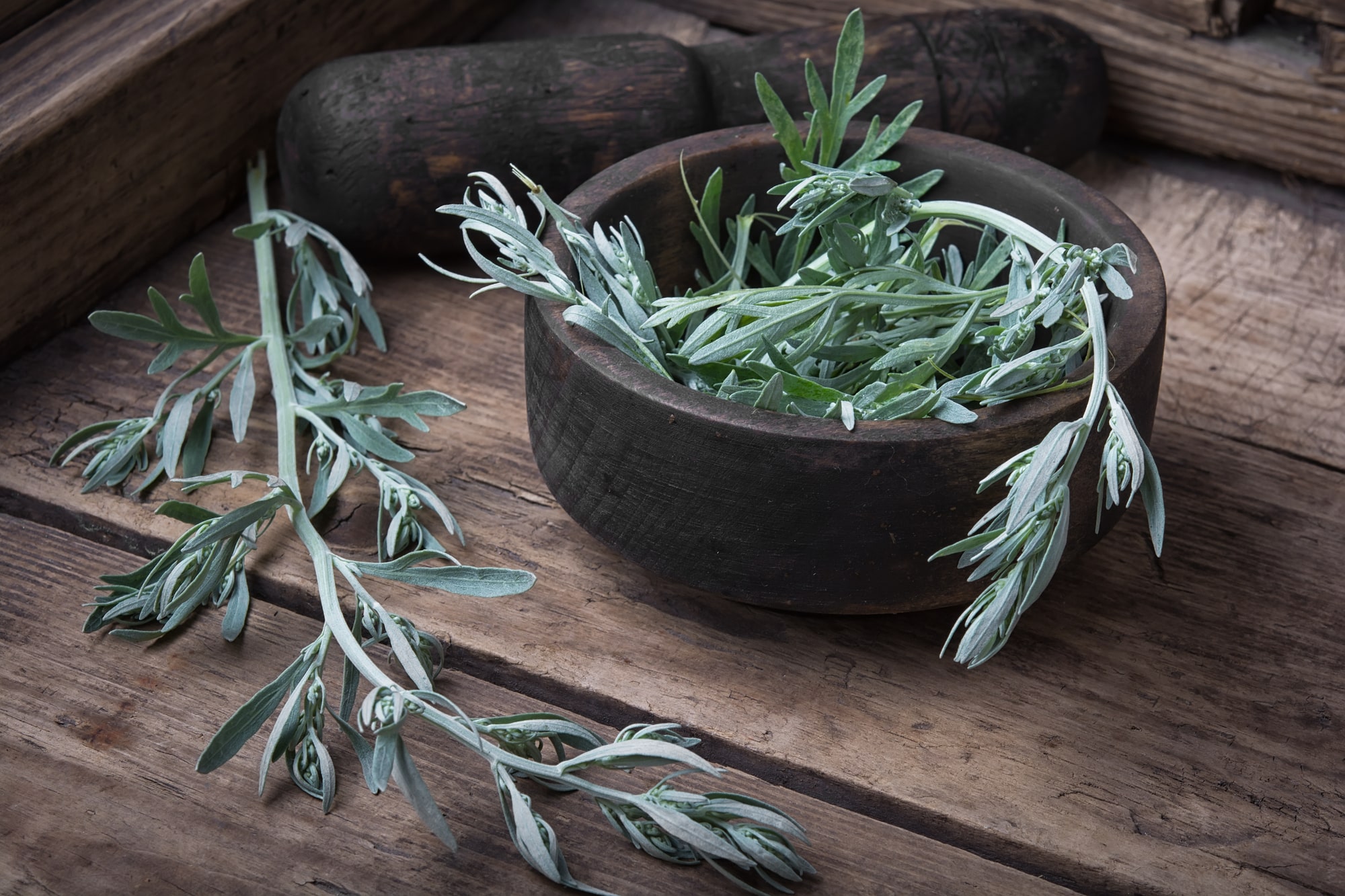
Wormwood is one of the amazing plants that repel ants. It grows to a height of one foot and is found in both cold and warm areas.
Small leaves and clusters of yellow flowers are seen on them. Wormwood is an excellent plant if you want to keep ants away from your garden.
This hardy, low-growing plant produces small, fragrant flowers, giving off a pungent scent that repels ants.
Wormwood may be produced from seeds or bought as a plant and does best in full sunlight.
For generations, people have used this plant to ward off ants. Despite being adaptable to most temperatures, they thrive in regions with mild winters.
4. Mint

Plants of the Mentha genus are excellent complements to almost any garden because of their fragrant qualities and usefulness as mainstays in the kitchen.
These perennial herbs, ranging from 13 to 24, offer important essential oils for culinary, medicinal, and therapeutic purposes.
The most widely used kinds are apple mint (Mentha suaveolens), corn mint (Mentha arvensis), spearmint (Mentha x piperita), and peppermint (Mentha x piperita).
Mint oils are regarded as organic and safe for the environment. Not just ants but also wasps, hornets, cockroaches, and mosquitoes may be repelled by them.
Their robust chemical constituents and intense fragrance profiles make them an efficient deterrent.
Most of these oils are often present throughout the whole plant, with the textured leaves having the greatest quantities.
Some of the oils should come out whether you mechanically harm the leaves or just brush your fingertips against them.
The majority of mint species do well in damp, somewhat shaded environments. Place them near your home’s entrances and around particularly delicate plants to use them as ant repellents.
You may periodically gather or scatter their leaves or sprigs throughout additional crucial garden areas.
The scent of freshly gathered leaves may linger for a few days.
5. Thyme

Plants that repel ants are plentiful, and some are simple to cultivate in a garden. One such plant is thyme.
Though it thrives in most climates, thyme is particularly favored in Mediterranean settings.
Thyme oils and terpenes have potent ant-repelling abilities. If you want to use thyme as an ant repellent, apply it before the ants start building nests; since then, their colonies will eat the oil more voraciously.
Ants may be repelled by thyme thanks to its powerful scent. These plants may be added to gardens where ants are an issue, or you can use them as ingredients in ant-repelling solutions.
Watch for any ant activity once you’ve planted thyme in your garden.
If you see any little ant colonies close to your thyme plants, you can get rid of them by spraying them with water or a vegetable spray.
6. Tansy
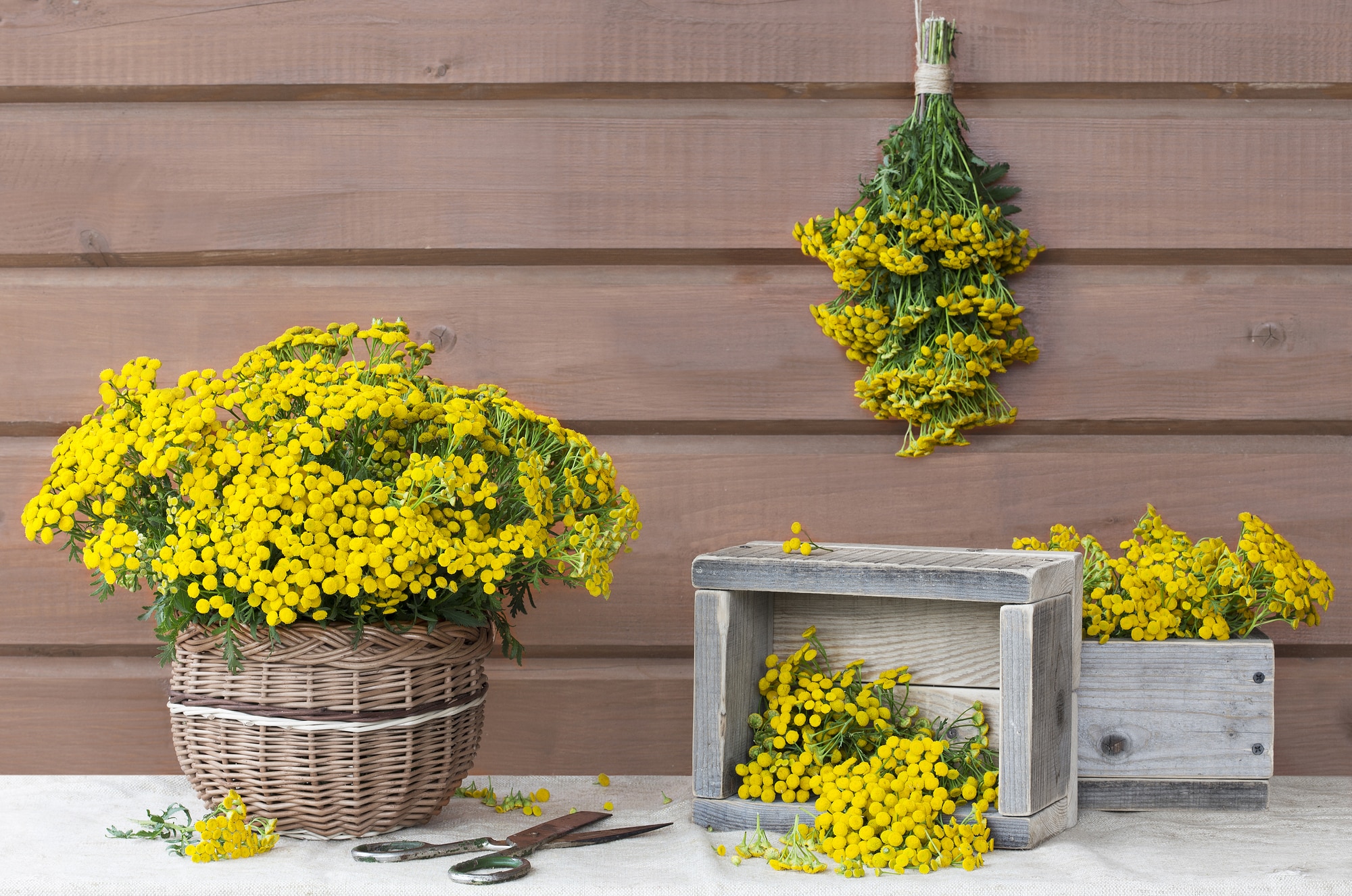
Tansy plants may be used as organic ant repellents. It is one such plant that has ant-repelling oils.
Tansy is an annual plant that usually reaches a height of 18 inches. The edges of the leaves are sharply chopped, and the margins are somewhat serrated.
Tansy’s smell is what draws ants to it most. The chemicals in Tansy’s flowers and leaves draw ants to the plant.
These substances include alkaloids that give Tansy its characteristic rotten-egg or garlic-like scent.
Tansy is a fantastic option for regions with many ants since its fragrance also deters other insects.
Tansy also draws bees and butterflies to your garden, which is another advantage.
Incorporating plants like Tansy into your yard may support bees, who depend on nectar and pollen to thrive.
Additionally, butterflies prefer flowers with strong scents, such as Tansy, making it simpler to identify them while they prowl for food.
7. Lavender

If you are dealing with any ant issues, lavender is one of the fantastic plants that repel ants to keep around.
In addition to having a wonderful scent, lavender has numerous qualities that make it efficient in keeping ants away.
Since it contains poisonous substances, lavender is particularly effective at keeping ants away. Furthermore, lavender has a strong scent that will deter them.
Lavender is a great alternative for gardeners who wish to keep pests out of their gardens since it will help keep ants away.
It’s a fantastic option for beginners since they grow readily from seed. The plant can withstand arid soil, full sun, or some shade.
8. Garlic

Garlic, one of the world’s most significant spices and traditional remedies, is best recognized for its bulbs’ strong taste and scent.
The presence of phytochemicals, immediately produced whenever the plant’s cells are broken or scratched, gives food its sharp and sour flavor.
These compounds are strong sulfur sources, which makes them very reactive and fragrant.
They are probably made as a natural defense against things like grazers, insects, and even bacteria.
Unharvested garlic rooted in the ground may not be the best ant deterrent since its scent-producing tissues are compressed and buried.
Garlic must be chopped into cloves and placed around places where ants are most likely to gather or travel through to repel them effectively.
Once the bulbs have dried up, they lose their ability to repel ants and release odors. Freshly chopped cloves should be used in their place.
You may also create an all-natural pesticide and ant-repellant spray by combining finely chopped garlic with soapy water and chilies.
This should deter termites, spider mites, slugs, beetles, moths, mosquitoes, fungi, and ants.
The solution may be sprayed directly into grass or vegetation but should only be done sparingly to avoid wiping off helpful microorganisms.
9. Lemongrass
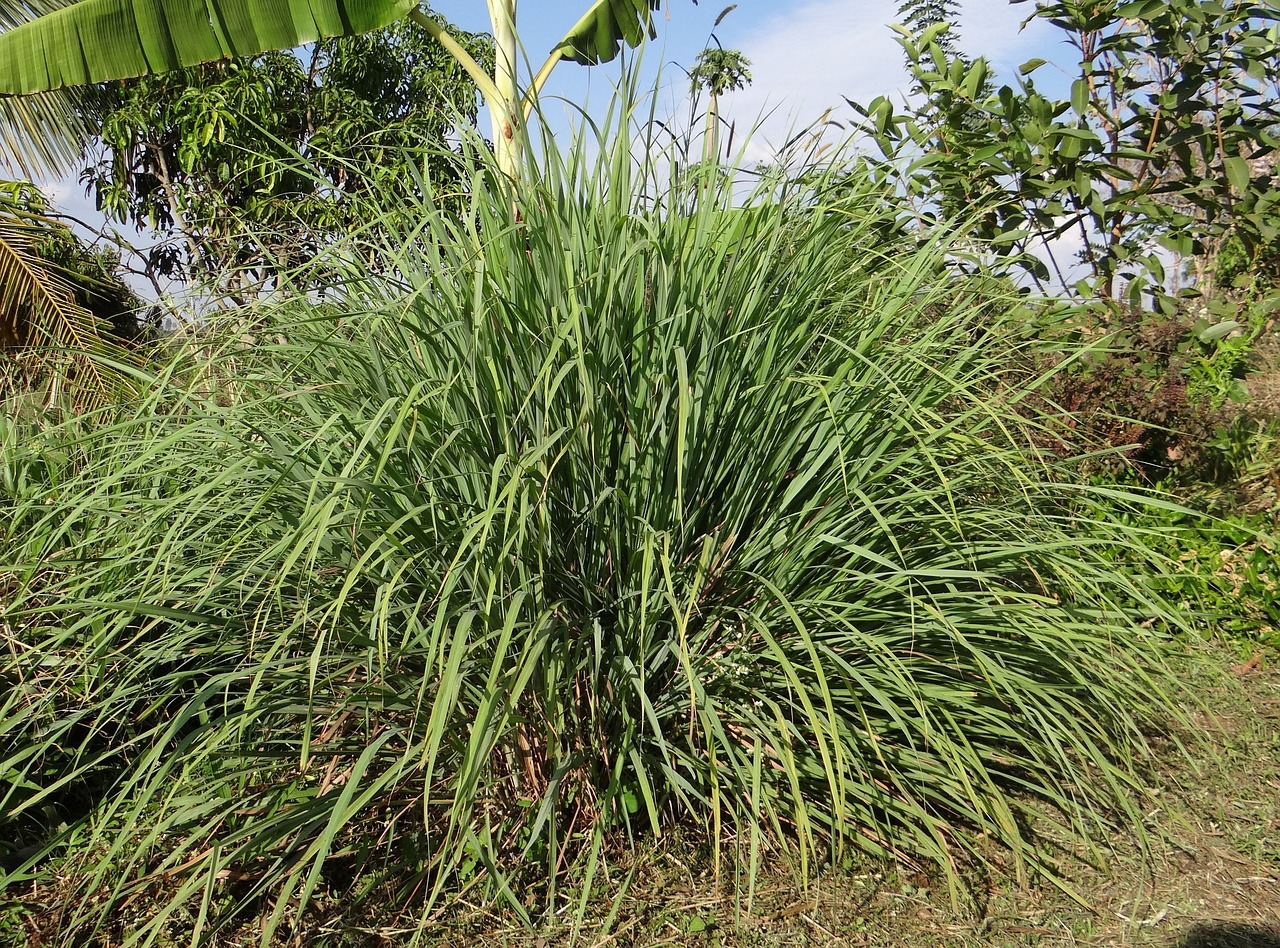
A fragrant plant that thrives in warm regions is lemongrass. Ants are diverted by the scent of lemongrass, keeping them away from your plants.
They may be grown in a container or a garden. Easy-to-grow annual lemongrass may help deter ants in your yard.
Their long, green stem makes them an appealing option for ground cover, and they contain zingy properties that repel ants.
To boost the efficiency of lemongrass, place it next to other plants that ants can attack, including tomatoes or cucumbers.
Lemongrass leaves are roughly 2 inches long, oppositely placed along the stem, and have serrated edges. This is one of the best plants that repel ants.
10. Yarrow

Yarrow is one of the greatest plants that repel ants from your garden. It is extremely simple to cultivate and needs minimal upkeep.
Chalcone glycosides found in the plant help deter ants from destroying gardens or crops.
Yarrow may also be used as a natural insecticide or to produce tea. With wide leaves split into ovate leaflets, it may reach heights of up to one foot.
Five yellow-green petals that hang toward the ground make up the flowers.
11. Catnip

Catnip is a strong plant with numerous volatile compounds that may suddenly send even the most respectable felines into a frenzy.
Ants and many other insects do their best to avoid its aromatic leaves and branches, even though cats seem drawn to them.
The main component of its essential oil is nepetalactone, a terpenoid with well-known pest-repellent properties.
Squash bugs, aphids, weevils, and mosquitoes are reportedly effectively deterred from gardens by catnip essential oil.
When sprayed into an area instead of being applied directly to the skin, the separated oils may be as potent as industrial-grade pest repellents.
Iridodial, another chemical in the oil, attracts the lacewing fly instead of repelling it.
This fly may act as a natural predator of aphids and mites, which often damage the plants in your garden. N. cataria, a plant from the Lamiaceae family of mint, has square stems with opposing leaf pairs that appear along the nodes.
It can withstand various environments and is resistant to deer and drought.
Consider planting some of them around your most precious plants in USDA hardiness zones 3 through 10 to deter ants.
12. Pennyroyal
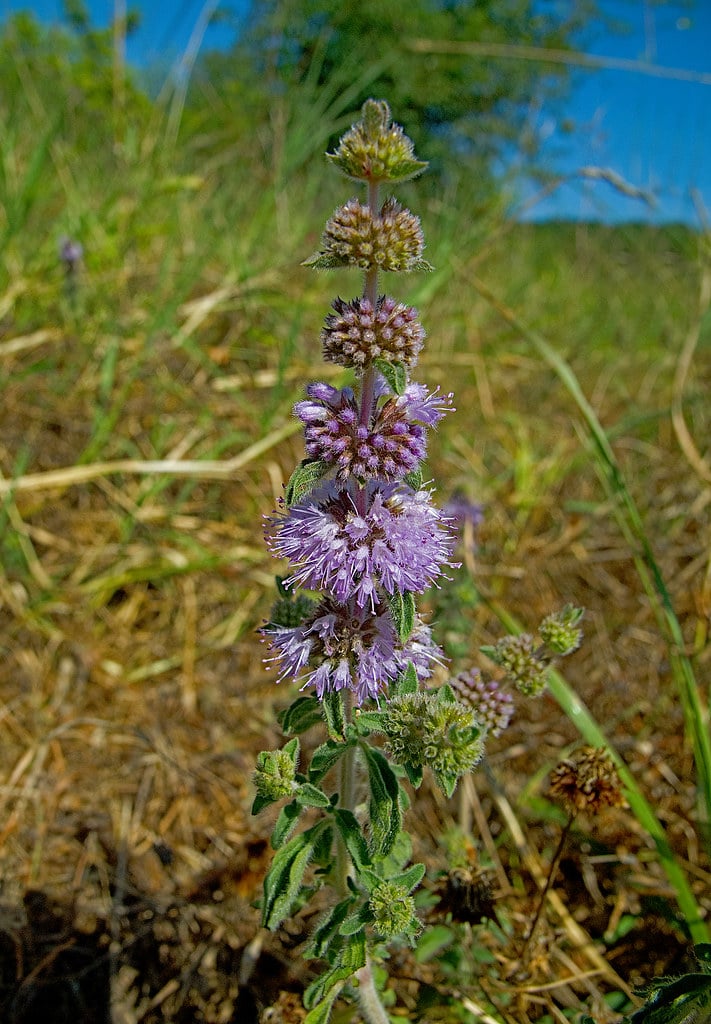
The popular name “pennyroyal” refers to a low-growing perennial herbaceous plant with tiny, vibrant blue flowers.
Pennyroyal works well as an insect repellent, keeping bugs away from gardens and other places where they could be a nuisance.
The volatile oils in pennyroyal are one of the key factors contributing to its effectiveness as an ant repellent.
These oils contain poisonous substances for many different insect species, including ants.
The smell of pennyroyal repels these pests, preventing them from congregating in places where they may harm.
13. Chrysanthemum

Chrysanthemums have become among the most well-liked groups of flowering perennials because of their enormous variety and vibrant cultivars.
These striking plants now take up a significant section of botanical gardens worldwide.
Many have displayed variants that may highlight the beauty of the distinctive traits of their genus, and many have won the RHS Award of Garden Merit.
Chrysanthemums are popular for many reasons, then only their decorative value to gardens.
Amazingly, these beautiful plants also have food preparation, pest control, and air purification purposes.
They are an excellent substitute for constantly loading the garden with pesticide sprays and may naturally repel ants.
Their dried flower heads contain the active insecticidal substance pyrethrin. These may be ground up and scattered around the garden.
Chrysanthemums can drastically lower aphid and mealybug infestation rates by suppressing the ant population.
One specific species, C. cinerariifolium, is the “deadliest flower in the insect world” and a very powerful pyrethrin generator.
This proves that chrysanthemums are vital suppliers of more than simply attractive blooms. This is undoubtedly one of the best plants that repel ants.





